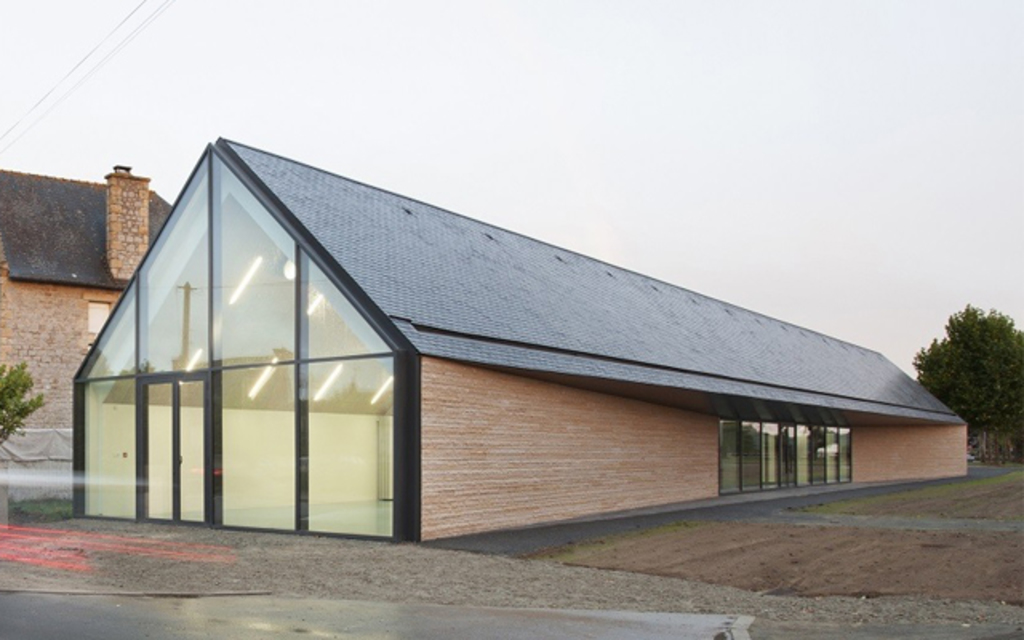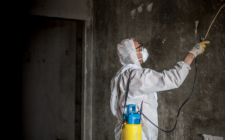Many people that are curious about converting their flat roof to some pitched roof are merely fed up with coping with leaks, repairs along with other issues. Tar and gravel, along with other asphalt based roofing, were typically the most popular roofing material for flat roofs until lately. To this day, you will find roofers that recommend installing asphalt (also known as Developed Roof). These kinds of roofs dry and crack and result in headaches before the fabric warranty period ends. Furthermore, any poorly installed flat roofing system requires constant upkeep and repair. As a result, lots of people consider converting their low sloped roof to some pitched roof, generally known as a roof covering Conversion.
For individuals individuals who’re within this frustrating position, let us check out all your options, along with the benefits and drawbacks of the conversion. Roofing manufacturers have introduced reliable flat roof membranes, for example TPO and EPDM, that have grown both in credibility and recognition during the last decade. Although it may appear that shingles will solve all your problems, the truth is TPO and EPDM membranes could be just like water-tight like a pitched roof.
You should look for a roofer that may identify the proper of membrane and then do the installation correctly. This will be significant, because the dependability of the roof is dependent upon the caliber of material and also the level of skill that it had been installed. If you will find a qualified contractor to set up a reliable membrane in your home or office, it may cost three or four occasions under a roof covering conversion. White-colored roofing membranes may also be very energy-efficient, leading to energy savings with time.
If you’re thinking about converting your homes roof to be able to raise the need for your house, bear in mind that the need for your house is only going to increase about 50 % of the price of the conversion. Consequently, if you’re thinking about selling your house over the following 7-ten years, converting your homes roof might not be well worth the needed money and time.
However, there are several viable good reasons to become a pitched roof. Most likely the very best reason I’ve seen is really a situation I came across a couple of days ago. The dog owner was concerned that his flat roof’s support system wasn’t structurally seem. He could hear the rafters creaking underneath the weight of latest snowfall. That creaking is often the consequence of fasteners coming apart a bit at any given time. Nails and screws will creak because the structures wood people. When the fasteners out, or maybe wood dries and shrinks, it might result in a harmful and destructive situation.
A pitched roof conversion, done correctly, will distribute weight towards the bearing walls from the structure. In the last situation, a conversion is needed his structurally unsound roof to get dependable lengthy term.
Another pros to converting your flat roof to pitched include:
You just like the feel of shingles. If money is not an issue, the perceived aesthetic worth of a pitched system could be a good enough reason by itself.
A roof covering conversion leads to simpler and much more efficient insulation. It’s cheaper to insulate a pitched roof at R40 than to insulate a set roof with even an R19. (Insulating a set cavity usually requires removing sheet rock or sheeting.) You may also insulate over the roof deck and underneath the waterproofing system with rigid insulation, but when again this really is fairly costly.
Vapor drive, which in turn causes moisture to create around the bottom of the roof system, will not occur having a pitched roof as quickly since you can create a competent pattern of ventilation. (When the humidity in your home is equivalent to humidity outdoors, vapor drive won’t be a problem.)
You might be able to create more space for storage or perhaps added room within the cavity between your existing flat and recently pitched roof.
Pitched roofs have in regards to a 40% longer existence than flat roofs. They last 25-half a century, while a set roof membrane can last about 15-twenty years.
Flat roofs have to do with 10-20% more costly to set up than the usual pitched roof (following the conversion). It is because the membrane is much more costly to fabricate, along with the requirement for more specialized labor.





